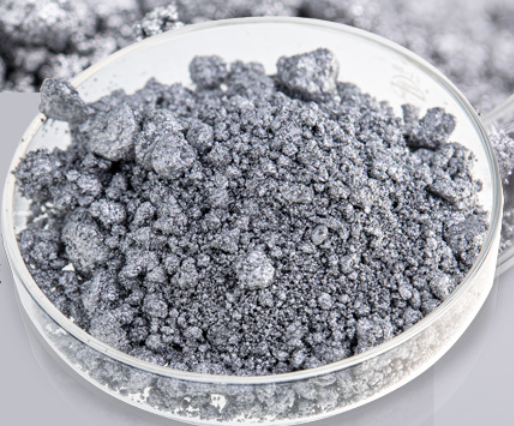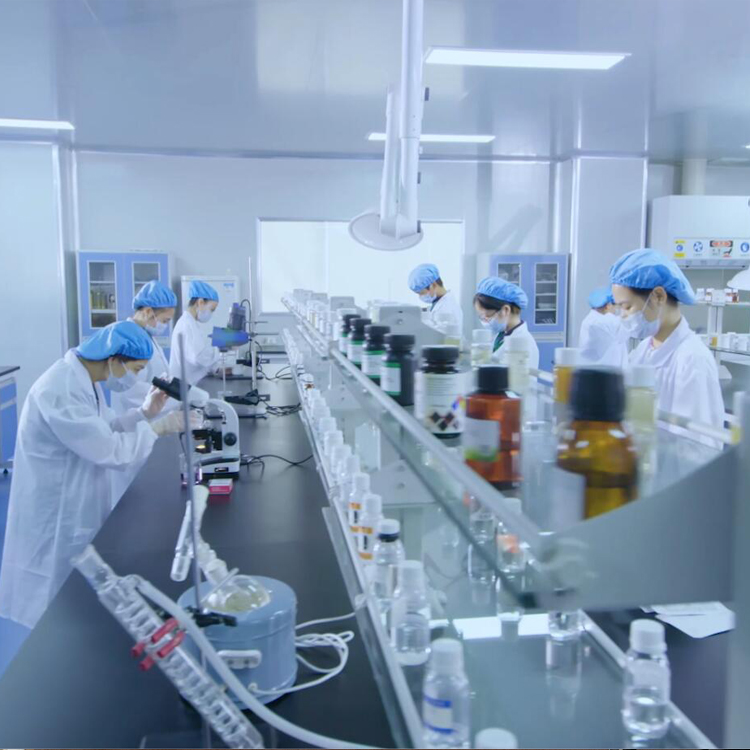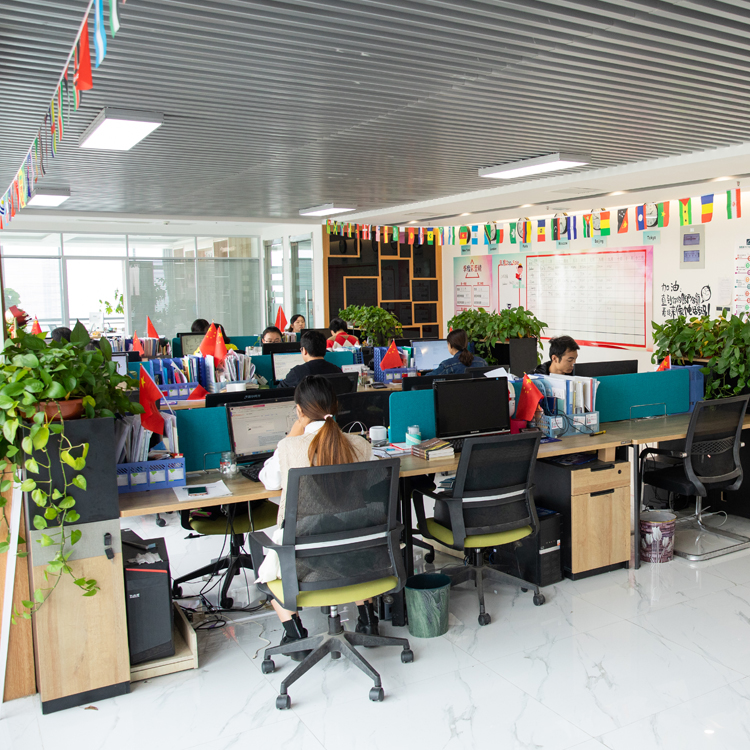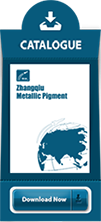Decoding the Technical Characteristics of Aluminum Paste
2025 / 10 / 16In the specialized field of metallic pigments, the technological pathways for leafing and non-leafing aluminum paste demonstrate fundamental differences that determine their application performance. Shandong Yinjian Aluminum Pigment Co., Ltd., with 38 years of manufacturing expertise, provides an in-depth analysis of how chemical treatments dictate physical distribution and ultimate performance.

The Chemistry Behind Flake Orientation
Non-Leafing Aluminum Paste: Subsurface Stability
Non-leafing aluminum paste utilizes oleic acid as a directional agent, creating a unique molecular structure that enables aluminum flakes to:
-
Form vertical alignment structures within the coating film
-
Distribute evenly through the middle and lower coating layers
-
Create subtle satin metallic effects with depth perception
-
Remain permanently embedded in the coating matrix
Leafing Aluminum Paste: Surface Brilliance
Through surface modification with stearic acid, leafing aluminum paste achieves:
-
Low surface energy driving flakes to the coating surface
-
Horizontal alignment creating continuous reflective layers
-
Mirror-like reflectivity with immediate visual impact
-
Protective barrier formation at the coating interface
Structural Differences and Performance Trade-offs
Visual Performance Characteristics
| Parameter | Leafing Aluminum Paste | Non-Leafing Aluminum Paste |
|---|---|---|
| Brightness | High reflectivity (95%+) | Moderate reflectivity |
| Color Tone | Cool, bright white | Warm, subtle metallic |
| Opacity | Excellent hiding power | Transparent to semi-transparent |
| Texture | Smooth, mirror-like | Deep, satin finish |
Mechanical Performance
-
Leafing types require enhanced abrasion resistance in formulations
-
Non-leafing varieties offer superior mechanical durability
-
Adhesion properties differ significantly between the two types
Particle Size Limitations and Capabilities
Non-Leafing Advantages in Size Range
-
Capable of accommodating extra-large particle sizes up to 60μm
-
Enables coarse sparkle effects for dramatic visual impact
-
Maintains stability across broad particle size distribution
-
Suitable for special effect applications requiring bold metallic statements
Leafing Type Constraints
-
Particle size must be strictly controlled within 15μm
-
Larger particles compromise floating stability
-
Limited to fine and medium particle ranges
-
Requires precise manufacturing control
Application-Specific Recommendations
Choose Leafing Aluminum Paste When:
-
Maximum brightness and reflectivity are required
-
Corrosion protection is a key consideration
-
Surface barrier properties are needed
-
Traditional metallic appearance is desired
Opt for Non-Leafing Aluminum Paste For:
-
Deep, rich metallic effects with transparency
-
Excellent adhesion and mechanical resistance
-
Special effect applications with larger particles
-
Applications requiring chemical resistance
Industry Applications and Market Trends
Automotive Coatings
-
Leafing: Underbody coatings, corrosion protection
-
Non-leafing: Topcoat metallic effects, interior trim
Industrial Coatings
-
Leafing: Roof coatings, protective maintenance paints
-
Non-leafing: Decorative finishes, appliance coatings
Printing Inks
-
Non-leafing: Premium packaging, security printing
-
Leafing: Specialty effects, metallic papers
Technical Innovation and Future Development
Advanced Surface Treatments
-
Hybrid treatment technologies combining benefits of both types
-
Enhanced durability while maintaining visual properties
-
Improved environmental compatibility
Manufacturing Precision
-
Tighter particle size distribution control
-
Enhanced surface treatment consistency
-
Improved batch-to-batch uniformity
Quality Assurance and Performance Validation
Testing Protocols
-
Flake orientation analysis
-
Accelerated weathering performance
-
Mechanical resistance testing
-
Chemical compatibility verification
Industry Standards Compliance
-
International quality standards
-
Environmental regulation compliance
-
Customer-specific requirements
Conclusion: Strategic Selection for Optimal Performance
Understanding the fundamental differences between leafing and non-leafing aluminum paste enables manufacturers to make informed decisions based on:
-
Application requirements and performance expectations
-
Processing parameters and manufacturing capabilities
-
End-use environment and durability needs
-
Cost-performance optimization
Shandong Yinjian provides comprehensive technical support to help customers:
-
Select the appropriate aluminum paste type for specific applications
-
Optimize formulations for maximum performance
-
Troubleshoot application challenges
-
Develop custom solutions for unique requirements
Summary: Leafing and non-leafing aluminum pastes offer distinct performance characteristics. Leafing types provide high brightness and protection, while non-leafing offers durability and special effects. Choose wisely based on application needs.
Explore our comprehensive range of aluminum paste solutions. Visit https://zqmetallic.com/ for technical documentation and expert consultation.
*Shandong Yinjian Aluminum Pigment Co., Ltd. - Your Partner in Metallic Innovation Since 1987.*




